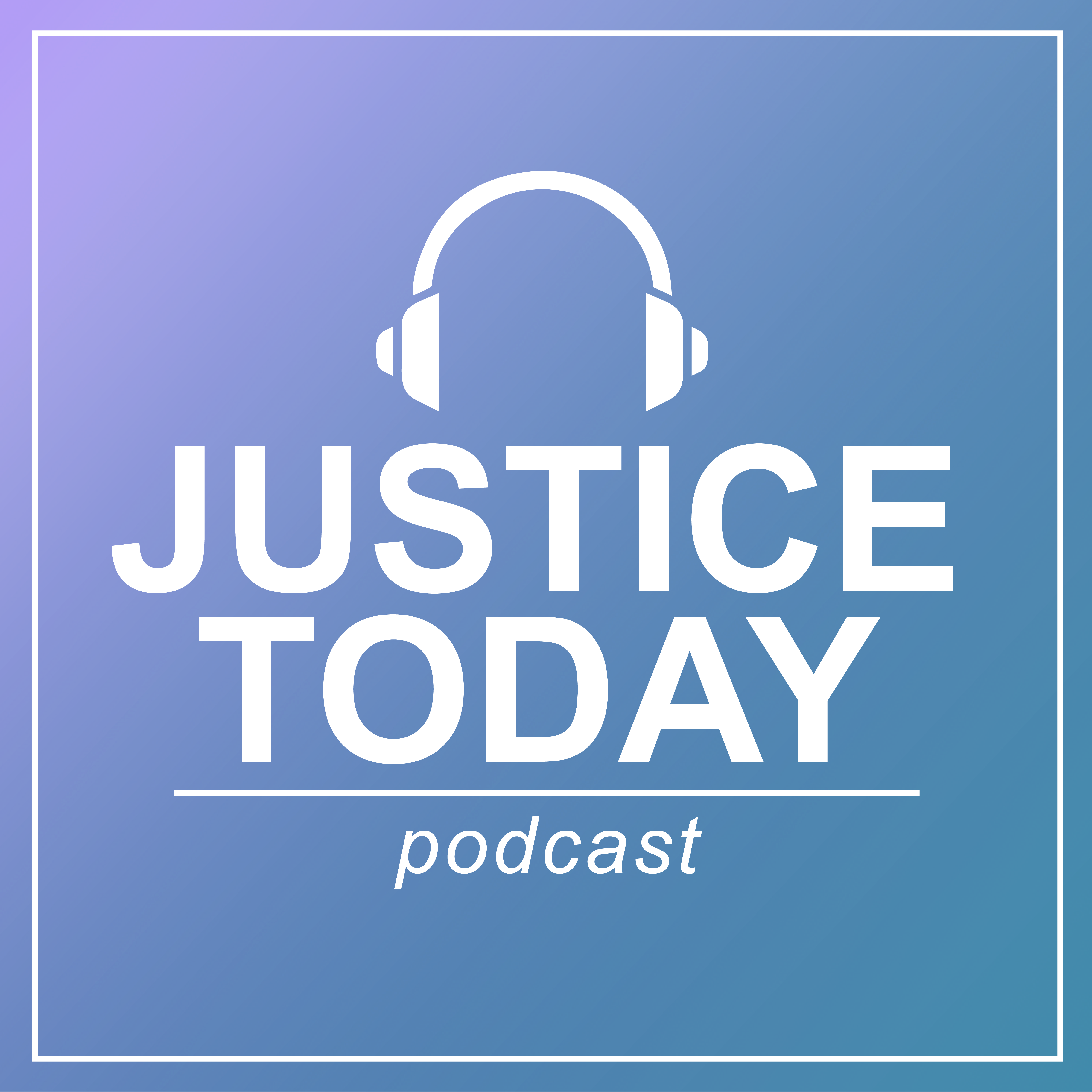Public policy
Perceptions of White-Collar Crime Seriousness: Unpacking and Translating Attitudes into Policy Preferences
Cold Cases and Serial Killers, Part 1
In April 2018, the Golden State Killer, Joseph DeAngelo was arrested. NIJ support helped lead to his arrest, and in the aftermath of the arrest, NIJ Social Science Analyst Eric Martin was among those tasked with finding other cases NIJ helped law enforcement solve. Eric joins the show to talk about some of those cases, and answer some broader questions about serial killers: What is a serial killer? Are they on the rise? How do we know how many serial killers are currently active?
A Mixed-Method Examination of the Effectiveness of Money Bail and other Pretrial Release Options
Funding Support for the Operations of the Committee on Law and Justice of the National Academies of Sciences, Engineering, and Medicine
Assessing Solvability Factors in Missing Person Cases: A Mixed-Method Approach
NIJ FY 2022 Invited to Apply - Research on the Impact of Public Policy on Racial and Ethnic Disparities in the Justice System
AAAS Science & Technology Policy Fellowships
Domestic Terrorism Targeting America’s Political Elites
De-escalation Training: What Works, Implementation Lessons, and Taking It to Scale; Plenary at the 2023 NIJ Research Conference
Police use of force, while infrequently used, is a tremendous concern to public safety in the United States when officers employ it excessively or inappropriately, causing injury or death and eroding public trust in law enforcement. This plenary from the 2023 NIJ Research Conference describes the Integrating, Communications, Assessment, and Tactics (ICAT) de-escalation training program developed by the Police Executive Research Forum to guide officers in defusing critical incidents.
See the YouTube Terms of Service and Google Privacy Policy
Research Rooted in Machine Learning Challenges Conventional Thinking About the Pathways to Violent Extremism
Just Science Podcast: Just DNA Evidence in Sexual Assault Cases
NIJ FY23 W.E.B. Du Bois Program of Research on Reducing Racial and Ethnic Disparities in the Justice System
Economic Justice for Survivors of Intimate Partner Violence
See the YouTube Terms of Service and Google Privacy Policy
Credibility and Use of Scientific and Technical Information in Science Policy Making: An Analysis of the Information Bases of the National Research Council’s committee reports
AAAS Science & Technology Policy Fellowships
Human Trafficking Project
Funding Support for the Operations of the Committee on Law and Justice of the National Academies of Sciences, Engineering, and Medicine
Policy Solutions to Address Mass Shootings
Integrated Health Care and Criminal Justice Data Viewing the Intersection of Public Safety, Public Health, and Public Policy Through a New Lens: Lessons From Camden, New Jersey
TASER Exposure and Cognitive Impairment: Implications for Valid Miranda Waivers and the Timing of Police Custodial Interrogations
Cannabis Legalization and the Policing of Boating Under the Influence in the State of Washington: Exploratory Research on Marine Officers’ Perceptions
NIJ FY22 Racial and Ethnic Disparities in the Justice System: A Study of Existing Evidence and Public Policy Implications
Booker and Beyond Analyzing Sentencing Reform and Exploring New Research Directions
This webinar features a discussion of previously published research on the U.S. Supreme Court’s 2005 Booker decision - which effectively transformed the United States Sentencing Guidelines from a mandatory, to an advisory, system. The presentation will address selected research findings from the last 15 years. Individual participants will briefly review their previous research findings with particular attention paid to the analytic methods used.
See the YouTube Terms of Service and Google Privacy Policy
NIJ-Funded Research on Mass Shootings to Advance Evidence-Based Policy and Practice
Mass public shootings continue to threaten communities in the United States, yet research on this criminal phenomenon is limited. In this full thematic panel, renowned experts will present a series of research projects summarizing NIJ-funded research projects’ newest findings on public mass shootings. The discussion will focus on NIJ’s investment to address the phenomenon of mass shootings through innovative study approaches to advance our understanding of mass shootings and inform prevention efforts. The implications of this research to criminal justice will also be discussed.
See the YouTube Terms of Service and Google Privacy Policy




